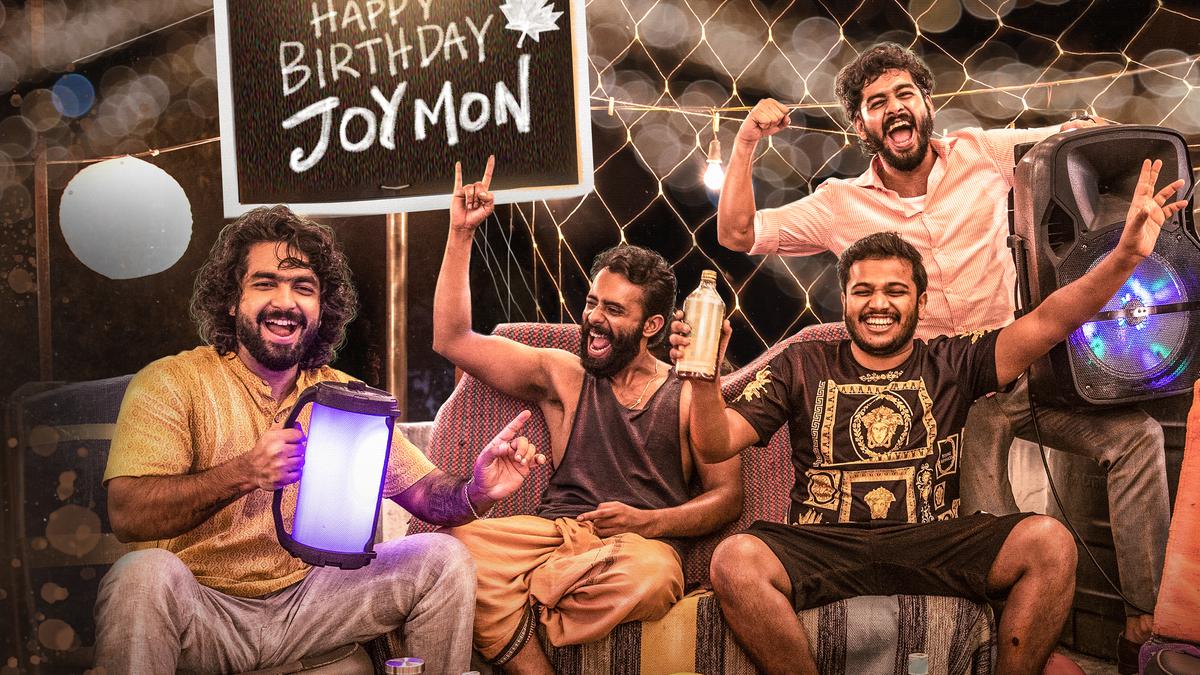Movie buffs who religiously head to theatres in Kerala on Fridays are now getting used to a disappointing sight, if the movie they are intending to watch is not a big release. With a sheepish smile, the person at the counter would tell them that there are not enough people to run a show. Five to ten people is the minimum occupancy that most theatre owners are looking for in order to screen a show, but the fact is that a large number of Malayalam releases these days are struggling to muster even these meagre numbers to get the show running.
Even as a whopping 165 Malayalam films were released in theatres in 2022, hardly 15 of them managed to set the cash registers ringing. This grim picture, which raises questions over the long-term sustainability of the industry, is a much less discussed side of contemporary Malayalam cinema, otherwise getting praised across the country for its fresh themes and experimentation. Ask any industry insider, and their finger would first point towards streaming platforms that bring latest releases to television sets, laptops or mobiles within a few weeks of the theatre opening.
Are OTTs to blame?
Until a few years back, the blame used to be placed squarely on big releases from other languages, especially Tamil. Now, OTT platforms have taken that place, with film exhibitors organisations routinely demanding that movies be released in these platforms only after a considerable interval after the theatrical release. They argue that the expectation that the movie would be available for streaming within a few days keeps the audience away from the theatres, unless it is a lavishly mounted film which demands a theatrical experience. The stellar box office record of Shah Rukh Khan’s Pathaan is something that they highlight, where the makers of the film had earlier announced that it will be available on OTT platforms only 90 days after its release.
Yet, the audience preference for platforms is only part of the reason. If the theory about audiences preferring to watch only big visual extravaganzas in the theatres were true, what would explain the massive success of a small film like Romancham, that has been getting house full shows across the State ever since its release last week? Or that of another sleeper hit Jan-e-man amid all the COVID-19 restrictions in 2021, or Jaya Jaya Jaya Jaya Hey’s dream run last year?
Exhibitors and producers are also critical about the trend of OTT-oriented filmmaking — movies shot inside resorts, hotel rooms or other limited locations, and having only a handful of characters — which they say is aimed at making a quick buck than anything else. A whole bunch of them have landed in theatres in recent times and have bombed. The most recent example of this was the Shaji Kailas-Mohanlal movie Alone which released two weeks back and lived up to the title as far as theatre occupancy was concerned. However, anyone who has seen 12 Angry Men, The Man from Earth or even Mahesh Narayanan’s recent C U Soon would not doubt the potency of a film intelligently conceived within limited spaces. Case in point is Maju’s Appan, a movie made with a limited budget in a limited space, which got a direct OTT release, having content to stand on its own.
Blaming OTT platform saves industry insiders from spelling out one of the major reasons — the poor content of these films. Except for a few films like the Tovino Thomas-starrer Dear Friend, which failed mainly due to poor marketing despite being a well-crafted film, a majority were rehashes of the same old themes.
The lack of good content
Poor quality content was not just the preserve of the old guard last year. The young stars, known for being bravely experimental, and filmmakers making their debut, have all been part of absolute duds. For instance, Aishwarya Lekshmi’s Archana 31 Not Out, a film with a laudable message spoiled by poor scripting, the Dileesh Pothan-Mathew Thomas starrer Prakashan Parakkatte and Shane Nigam’s immensely dull Ullasam are not the kind of films we typically associate with these actors. For example, in Ullasam one of the “heroic” acts of the protagonist was his posing as a gay person to put a groom in trouble and stop the wedding.
Political satires used to be sure-shot winners in Malayalam cinema. But last year even such films like Sreenath Bhasi and Grace Antony’s Padachone Ingalu Katholi, Arjun Ashokan and Chemban Vinod Jose starrer Member Rameshan 9am Ward and Joju George’s Oru Thathvika Avalokanam sank without a trace. Again, these happened to be attempts to milk a popular genre without having anything novel to say. For that matter, one of the few campus movies this year also failed spectacularly at the box office. Ranjith Sankar’s 4 years, an overstretched college nostalgia piece, was set on the last day of a couple’s campus life, but for the audience it was a day which took almost an eternity to get over.
The mass masala entertainers from the stars were also not sure bets last year, with only Mammootty’s Bheeshmaparvam and Prithviraj’s Kaduva having a good run, while Mohanlal’s Aaraattu and Monster failed to excite even diehard fans. All of this sends a message that audiences cannot be drawn to the theatres unless there is a minimal effort to stray away from the formula. The earlier scenario of every other film getting an average run of one or two weeks, and some minimal collection, has now changed.
The future of the theatre
Seeing through the trend of people making OTT-oriented films, with an eye on some fast bucks without breaking a sweat, the platforms have, in the past few months, begun to insist on a theatrical release before purchasing a film for streaming. This has come as a blow for many, and has also led to a flurry of releases in the theatres in recent months. Quite a few of these films, made on a budget of ₹3-4 crore, have only managed to collect less than ₹10 lakh from the theatres. This consequently drives down the price for which they are eventually sold to digital platforms.
Quite a few exhibitors feel that this could, in the longer run, turn out to be positive for the industry, as it would disincentivise half-baked content aimed at getting money from streamers. But it will take a good part of the current year for the stock of movies already made with such an intent to exhaust their theatrical run. The ideal number of releases, industry insiders say, would be around 80 to 90 films annually, to ensure a decent run in the theatres for all films and to sustain the industry; even the biggest movie buffs would not turn up for even half of the 150 films released in the theatres.
The major OTT players between them take hardly 20 to 25 films from Malayalam annually, out of which a considerable number are star vehicles, while the rest of them depend on second rung players to mop up their films. The initial rosy days of streamers scooping up films as soon as they are announced are certainly over. The exhibitors are hoping that the audience can be brought back to the theatres even for smaller films, if the current expectation that these will be available on OTT platforms immediately is ended. This, they also hope, will in turn make filmmakers desist from taking shortcuts and actually attempt to make movies for the big screen.
As for movie buffs, they are waiting eagerly for the current glut to taper down, and for the many promising projects that are in the pipeline to arrive.





